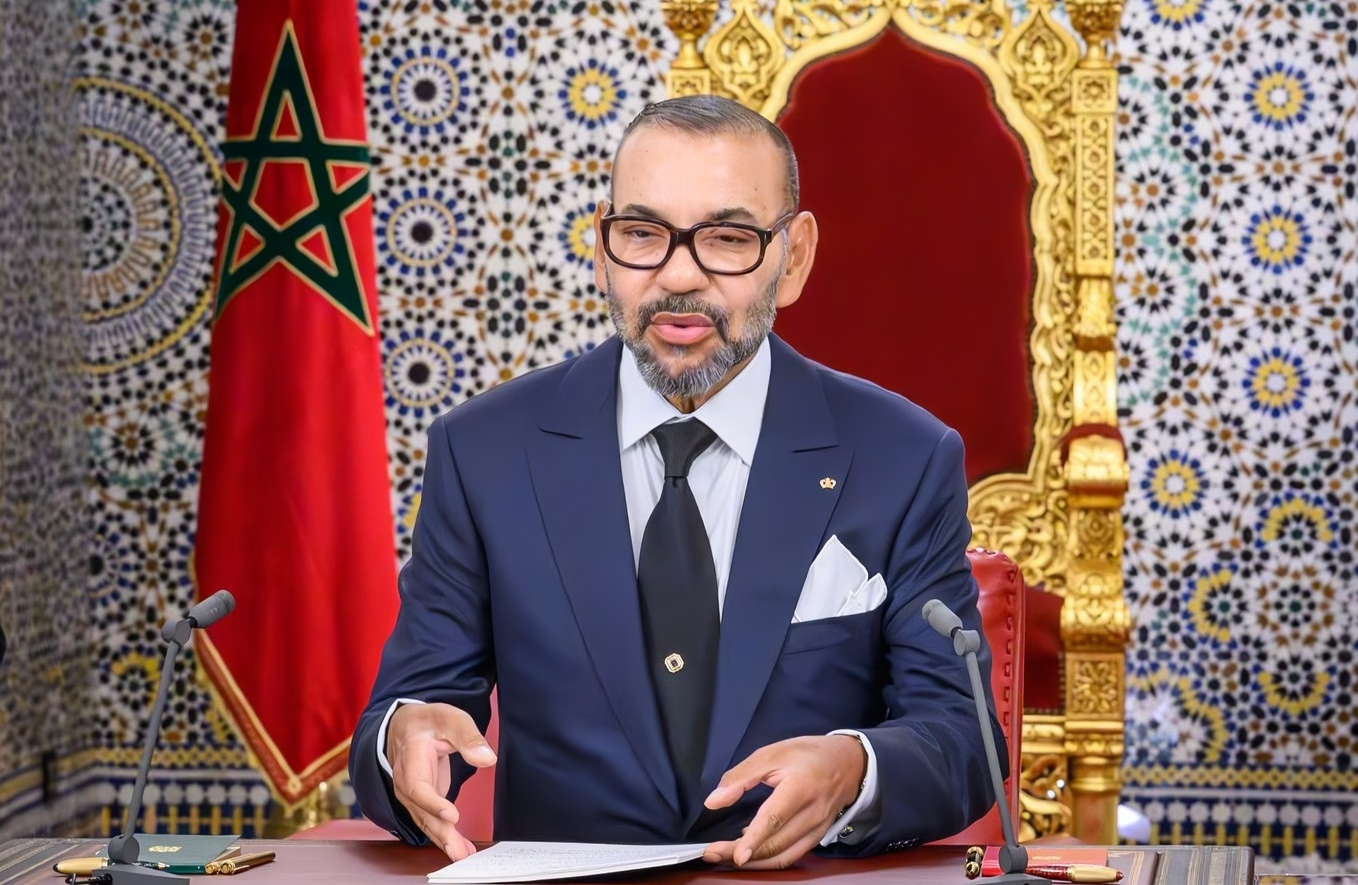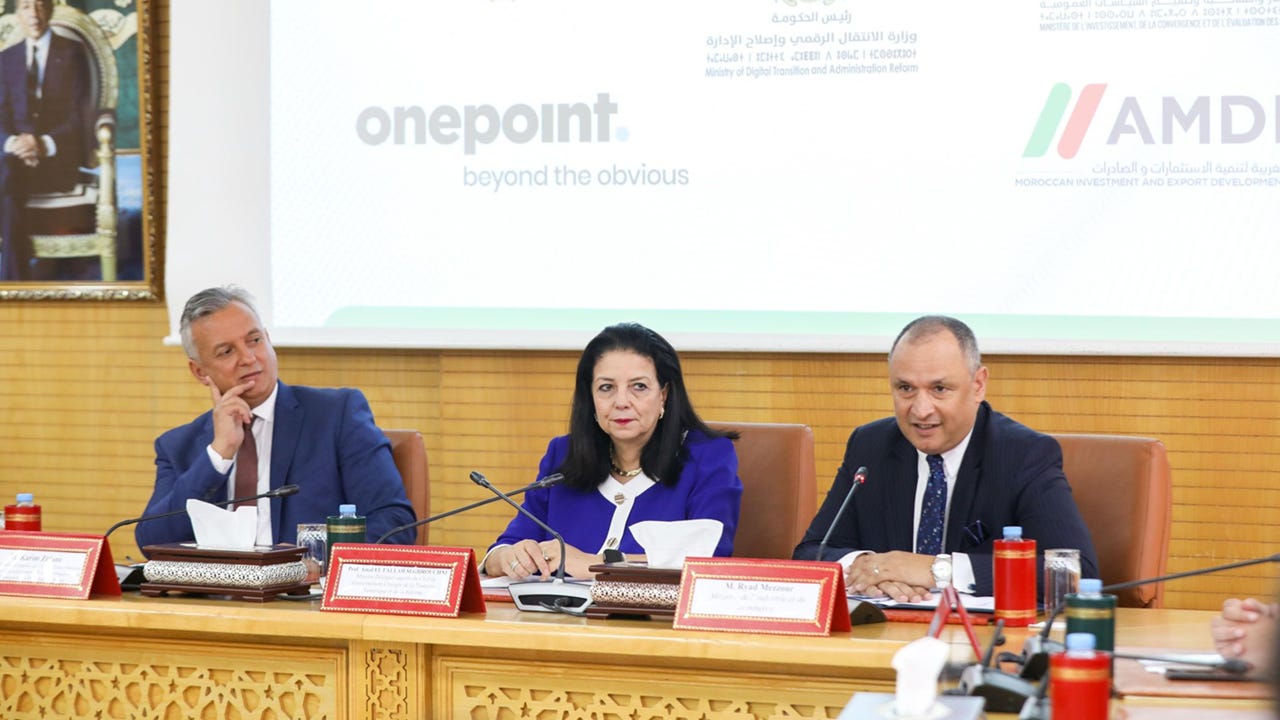Morocco’s Gradual Dirham Float: A Strategic Balancing Act Between Reform and Stability
Morocco began reforming its exchange rate regime in January 2018, transitioning toward a more flexible system by introducing a gradual and managed float of the dirham. This reform, jointly led by the Moroccan government and Bank Al-Maghrib under the leadership of Governor Abdellatif Jouahri, was implemented with the support of the International Monetary Fund (IMF). It was designed to increase the economy’s resilience to external shocks, enhance export competitiveness, and reduce structural trade imbalances.
Unlike a free-floating model adopted by some emerging markets, Morocco chose a measured, incremental approach, reflecting both the strengths and vulnerabilities of its macroeconomic landscape. The fluctuation band for the dirham was first widened from ±0.3% to ±2.5%, and later extended to ±5% in 2020, allowing for greater flexibility while maintaining the central bank’s oversight.
Abdellatif Jouahri has repeatedly emphasized that the float is not a policy objective in itself, but rather a tool to safeguard macroeconomic stability. In his speeches and annual reports, he underlines that currency flexibility must be accompanied by structural reforms: modernizing the industrial base, improving the business environment, expanding export capacity, and enhancing institutional efficiency.
Strategic Rationale and Impact
The shift toward a more flexible exchange rate aligns with Morocco’s broader economic modernization strategy. It serves several key objectives:
Improving shock absorption: A flexible currency better absorbs external pressures, such as fluctuating commodity prices or shifts in global demand.
Encouraging export growth: By allowing the dirham to adjust, Moroccan exports become more price-competitive, especially in volatile markets.
Boosting investor confidence: A transparent and rule-based exchange regime fosters trust among foreign investors and international lenders.
Yet, the reform has also raised concerns, particularly regarding inflation and social vulnerability. A weaker dirham may increase the cost of imported goods, thereby impacting purchasing power—especially for low-income households. Jouahri acknowledged these risks and affirmed the central bank’s commitment to price stability as a non-negotiable policy anchor. Through targeted interventions and inflation targeting, Bank Al-Maghrib has thus far managed to contain price volatility.
Institutional Readiness and Structural Constraints
Jouahri has consistently maintained that the transition to a fully floating exchange rate must be condition-based, not time-bound. He argues that without improvements in export diversification, financial inclusion, and public sector efficiency, a complete float could destabilize rather than stabilize the economy.
One critical challenge is Morocco’s dependence on imports, particularly for energy and capital goods. This dependence limits the pass-through benefits of currency depreciation and exposes the economy to imported inflation. Moreover, the informal sector—which still represents a large share of employment and production—reduces the effectiveness of monetary policy transmission.
To mitigate these issues, Bank Al-Maghrib has worked closely with financial institutions and exporters to introduce hedging instruments, improve access to financial services, and raise awareness about currency risk. However, financial literacy and institutional capacity remain uneven, especially outside urban centers.
Outlook: Cautious Optimism, Conditional Progress
While Morocco has made measurable progress in strengthening its monetary framework, the road to a fully liberalized exchange rate regime is still long. Jouahri’s prudence reflects a recognition that currency liberalization is not a silver bullet, but a component of a broader reform ecosystem. The success of this transition hinges on:
Sustained fiscal discipline and debt management
Enhanced productivity and export sophistication
Stronger safety nets to protect vulnerable populations
Deepening the domestic financial market
In the short to medium term, Morocco is likely to remain within a managed float regime, gradually widening the fluctuation band as economic fundamentals strengthen. This cautious strategy allows for market signaling without exposing the country to excessive volatility.
Morocco’s experience with a gradual and managed dirham float represents a case study in cautious and context-sensitive monetary reform. Under the leadership of Abdellatif Jouahri, Bank Al-Maghrib has charted a middle path between liberalization and stability. While challenges remain, the measured pace and focus on institutional resilience make Morocco’s approach a potentially instructive model for other emerging economies seeking to reform their exchange rate systems without compromising social cohesion or macroeconomic discipline.













